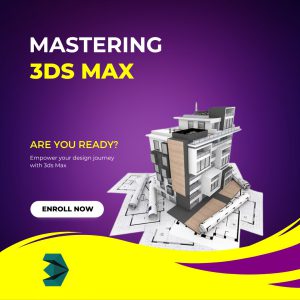
The 3DS Max Civil course in Erode offers comprehensive training in Autodesk’s 3D modeling and rendering software tailored for civil engineering applications. Students learn fundamentals such as interface navigation, modeling techniques for architectural structures, terrain creation, lighting, and texturing. Advanced topics include simulation, animation, and project management tools essential for architectural visualization and urban planning. The course emphasizes hands-on projects and real-world scenarios to enhance practical skills. Additionally, students receive guidance on industry best practices and workflows. Upon completion, participants gain proficiency in utilizing 3DS Max for civil engineering projects, paving the way for career opportunities in architectural design firms and construction companies.
Interface navigation and software functionalities of Autodesk’s 3DS Max.
Modeling techniques specific to civil engineering, including architectural structures and terrain.
Lighting and texturing methods to enhance realism in architectural visualizations.
Simulation and animation tools for showcasing designs and project presentations.
Project management workflows tailored for civil engineering projects.
Industry best practices and standards in architectural visualization and urban planning.
Hands-on experience through practical projects and real-world scenarios.
Proficiency in utilizing 3DS Max for various civil engineering applications, preparing you for careers in architectural design firms and construction companies.
Basic computer literacy, including familiarity with operating systems such as Windows.
Understanding of fundamental concepts in civil engineering or architecture (preferred but not mandatory).
Passion and interest in 3D modeling, rendering, and visualization.
Access to a personal computer or laptop with sufficient hardware specifications to run 3DS Max smoothly.
Availability for attending classes and completing assignments as per the course schedule.
Willingness to learn and engage actively in hands-on projects and practical exercises.
Eagerness to explore industry-standard techniques and workflows in architectural visualization and urban planning using 3DS Max.
High school diploma or equivalent educational qualification.
At C CUBE CAD Centre, Erode, we offer comprehensive 3Ds Max Training specifically tailored for Civil and Architecture Engineers, helping you bring your design concepts to life with powerful 3D visualization tools. Our course is designed to provide in-depth knowledge of 3Ds Max, focusing on architectural modeling, rendering, and animation techniques.
Whether you’re looking to create detailed building models, realistic walkthroughs, or stunning visual presentations, our expert instructors will guide you through every aspect of this versatile software.
Introduction to Autodesk 3ds Max
Autodesk 3ds Max Configuration
Assembling Project Files
Manage Links Options
Basic Modeling Techniques
Modeling From 2D Objects
Materials
Managing Materials
Mapping Coordinates and Scale
Introduction to Lighting
Omni Lights
Chapter 9: Lighting and Cameras
Exposure Control, Daylight, and Rendering
Chapter 11: Animation
Animation Output



C CUBE CAD Centre is a premier training institute specializing in CAD, CAE, PPM, BIM courses. We provide industry-oriented training programs to help students and professionals enhance their skills and advance their careers in various engineering and design fields.
All Rights Reserved 2024 @ Design By CCDS